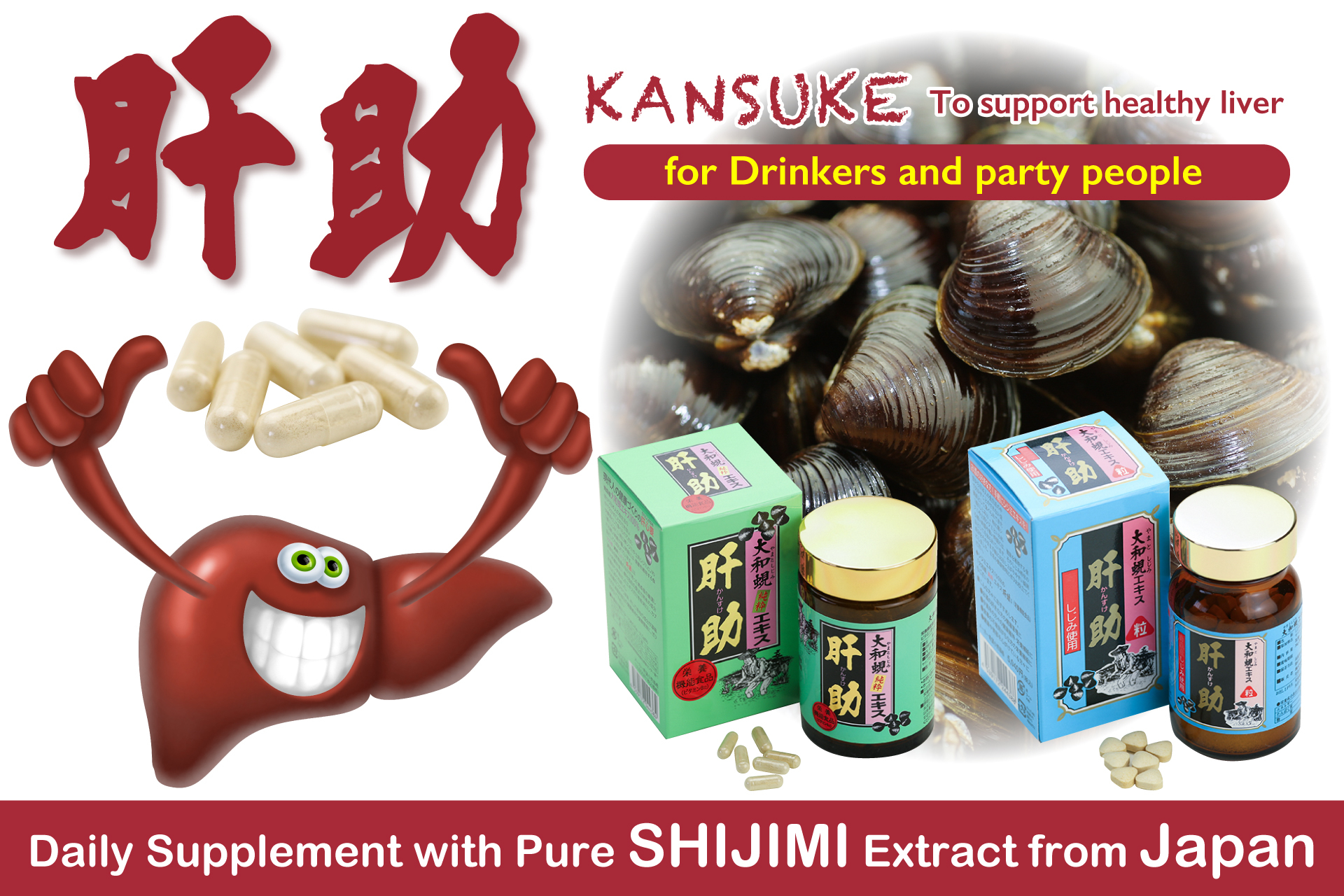

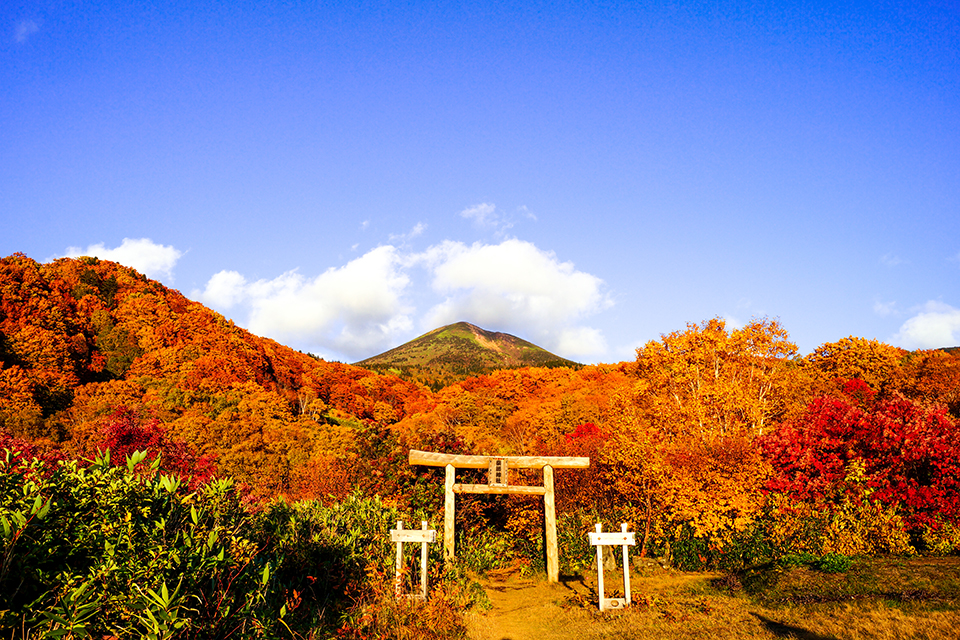
 SHIJIMI in JAPAN, the Country of Longevity
SHIJIMI in JAPAN, the Country of LongevitySHIJIMI, a very popular Corbicula clam in Japan, has been appreciated as a source of healthy nutrition for thousands of years in Japan, where we live with the belief of "Eat healthy, live healthy".
→ "Eat healthy, live healthy"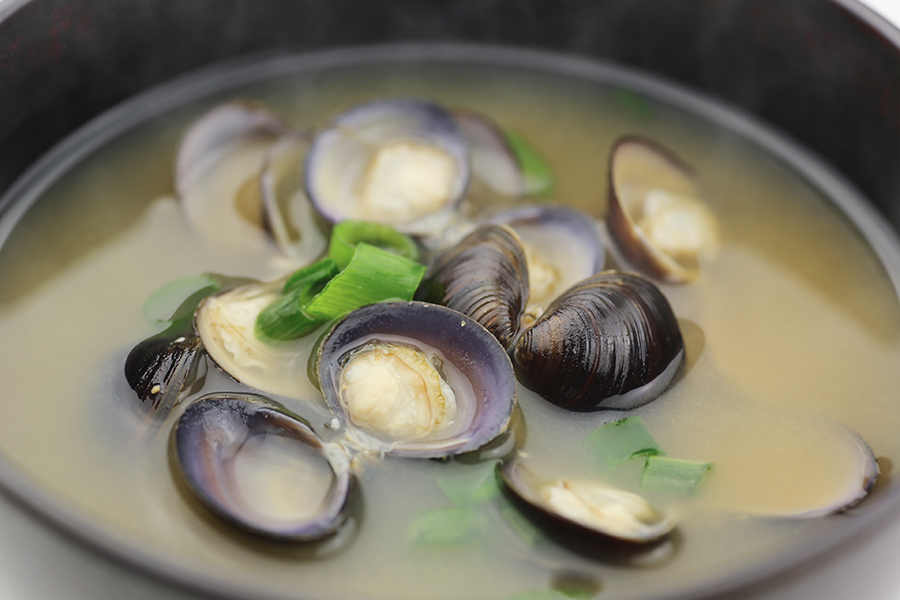
 SHIJIMI's Benefits After Alcohol Consumption
SHIJIMI's Benefits After Alcohol ConsumptionJapanese people have the custom of eating SHIJIMI miso soup for breakfast following a drinking. The great benefits of SHIJIMI have been confirmed by recent studies.
→ SHIJIMI's Benefits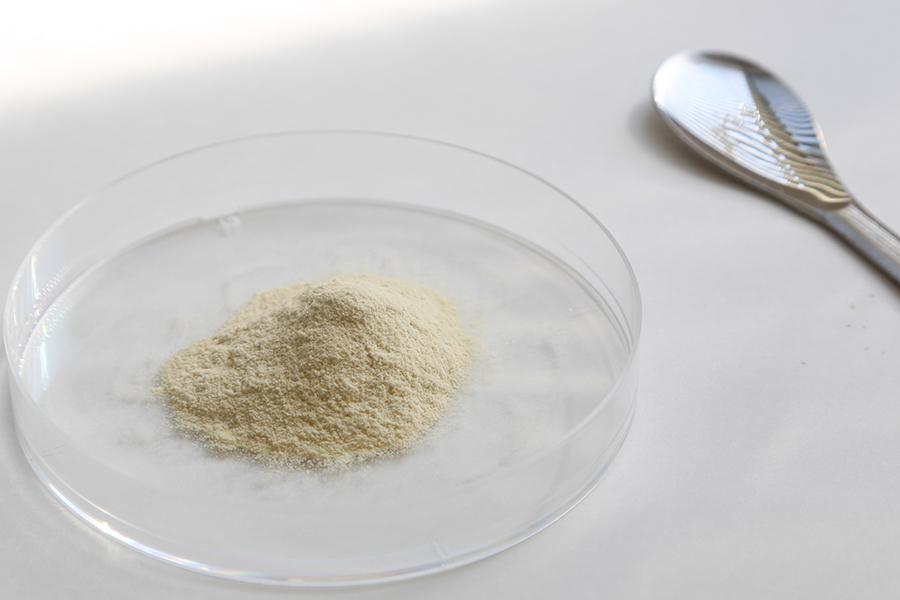
 Bringing Yamato shijimi closer to you
Bringing Yamato shijimi closer to you
YAMATO SHIJIMI clams grow at the bottom of brackish lakes where rivers and the sea meet, so they usually need to be removed sands for several hours before they can be used in cooking.
After many years of research, we at K.K.Fukushima Shoten have succeeded in developing a technology to convert the nutrients of YAMATO SHIJIMI into powder.
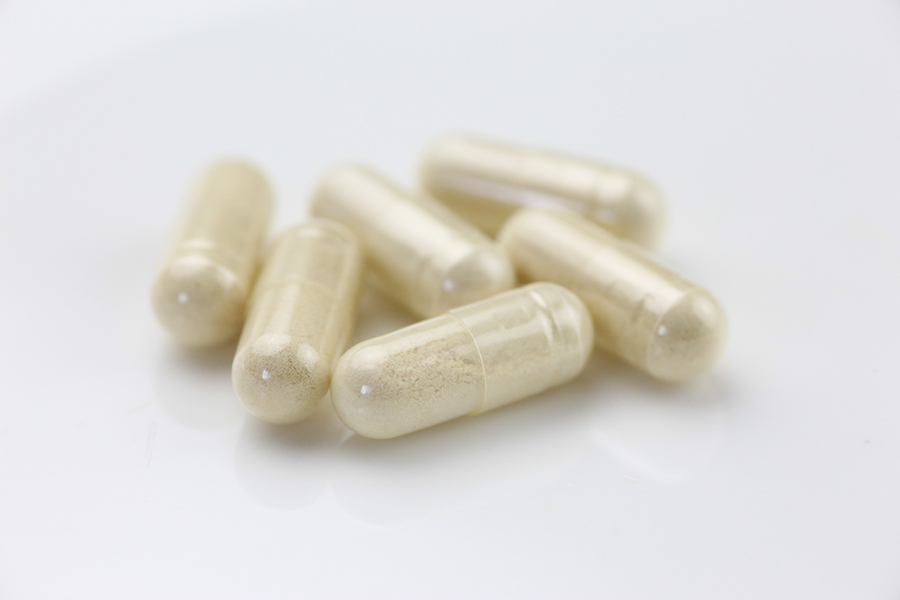
 SHIJIMI Extraction into KANSUKE
SHIJIMI Extraction into KANSUKEKANSUKE is an epoch-making supplement that delivers SHIJIMI benefits anytime without losing any nutrition.
It has been approved as a nutritional functional food with Vitamin B12 and has been as a supplement for 20 years since Japan.
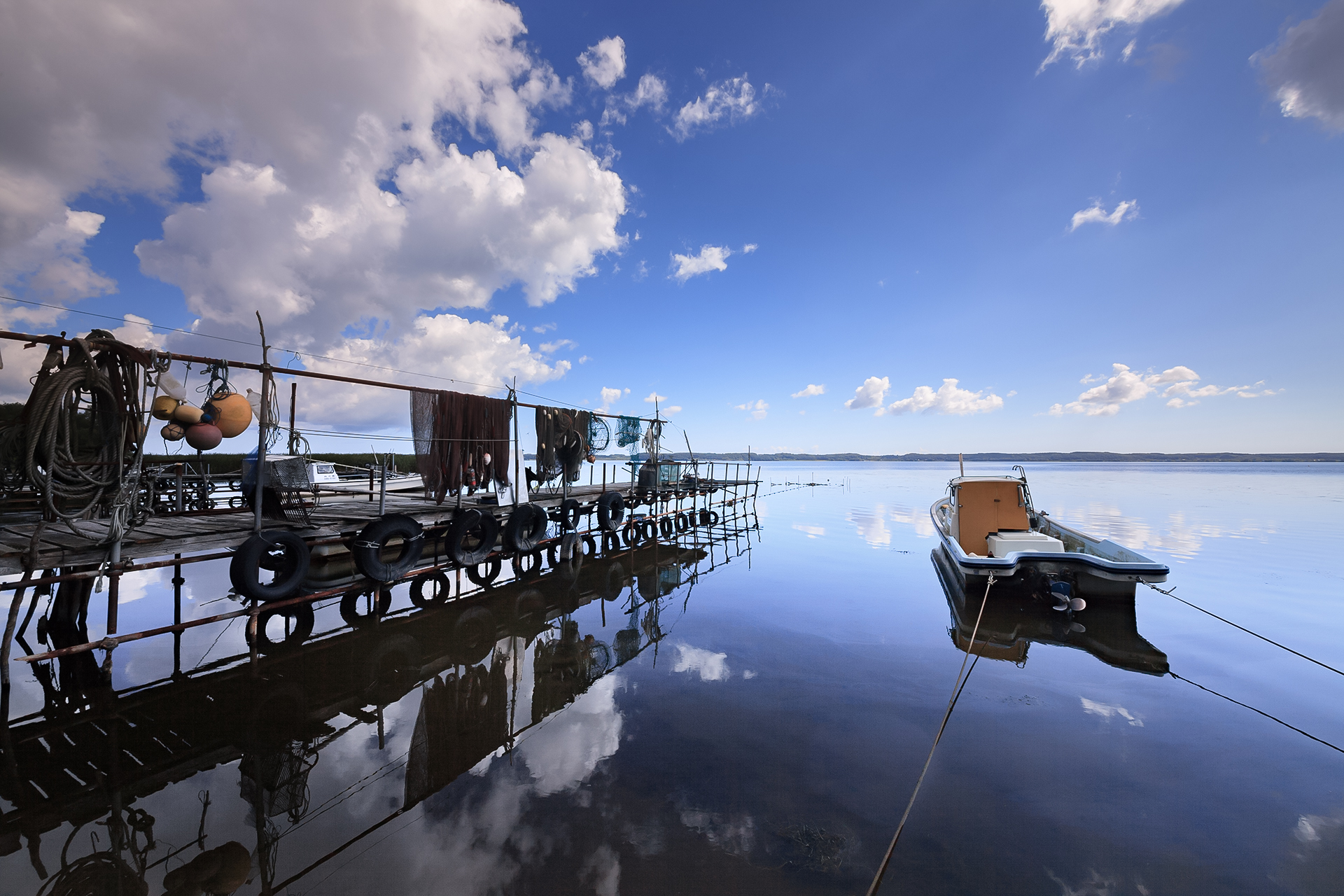
 Why is YAMATO SHIJIMI Special?
Why is YAMATO SHIJIMI Special?
Aomori Prefecture, where K.K.Fukushima Shoten is located, is known as a famous production area for YAMATO SHIJIMI clams.
Two high quality lakes, Lake Jusan, where the Japan Sea meets the water flowing from the Shirakami Mountains, a World Heritage Site, and Lake Ogawara, where the Pacific Ocean meets the water flowing from the Hakkoda Mountain Range, one of the 100 most famous mountains in Japan, both nurture the delicious and nutritious YAMATO SHIJIMI.
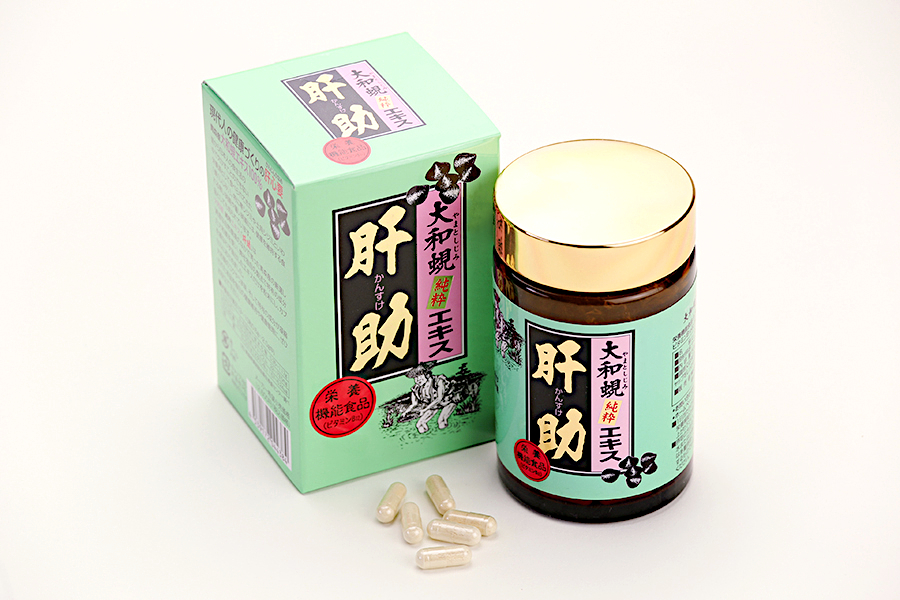
 KANSUKE Quality
KANSUKE Quality
Both Lake Jusanko and Lake Ogawarako are recognized as GI (Geographical Indication and Protection System) by Japan's Ministry of Agriculture, Forestry and Fisheries for their high quality YAMATO SHIJIMI.
Only high-quality Japanese YAMATO SHIJIMI, including those produced in Aomori Prefecture, are used as raw materials for KANSUKE.